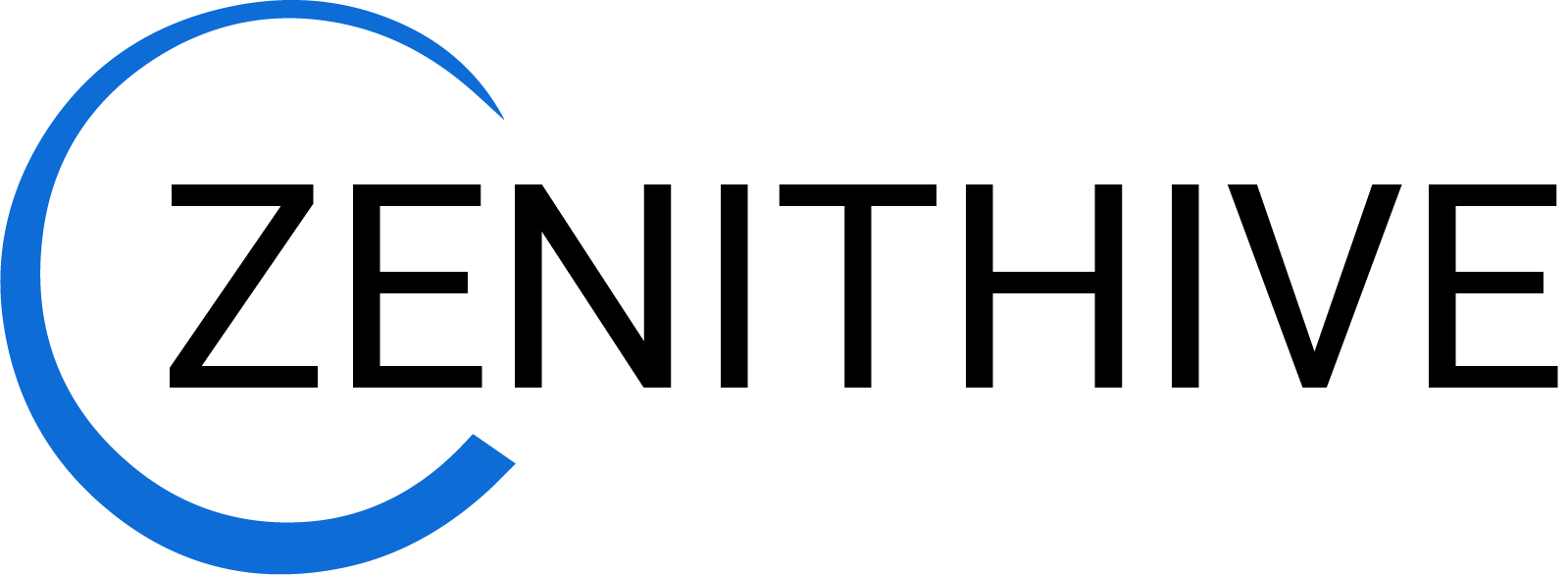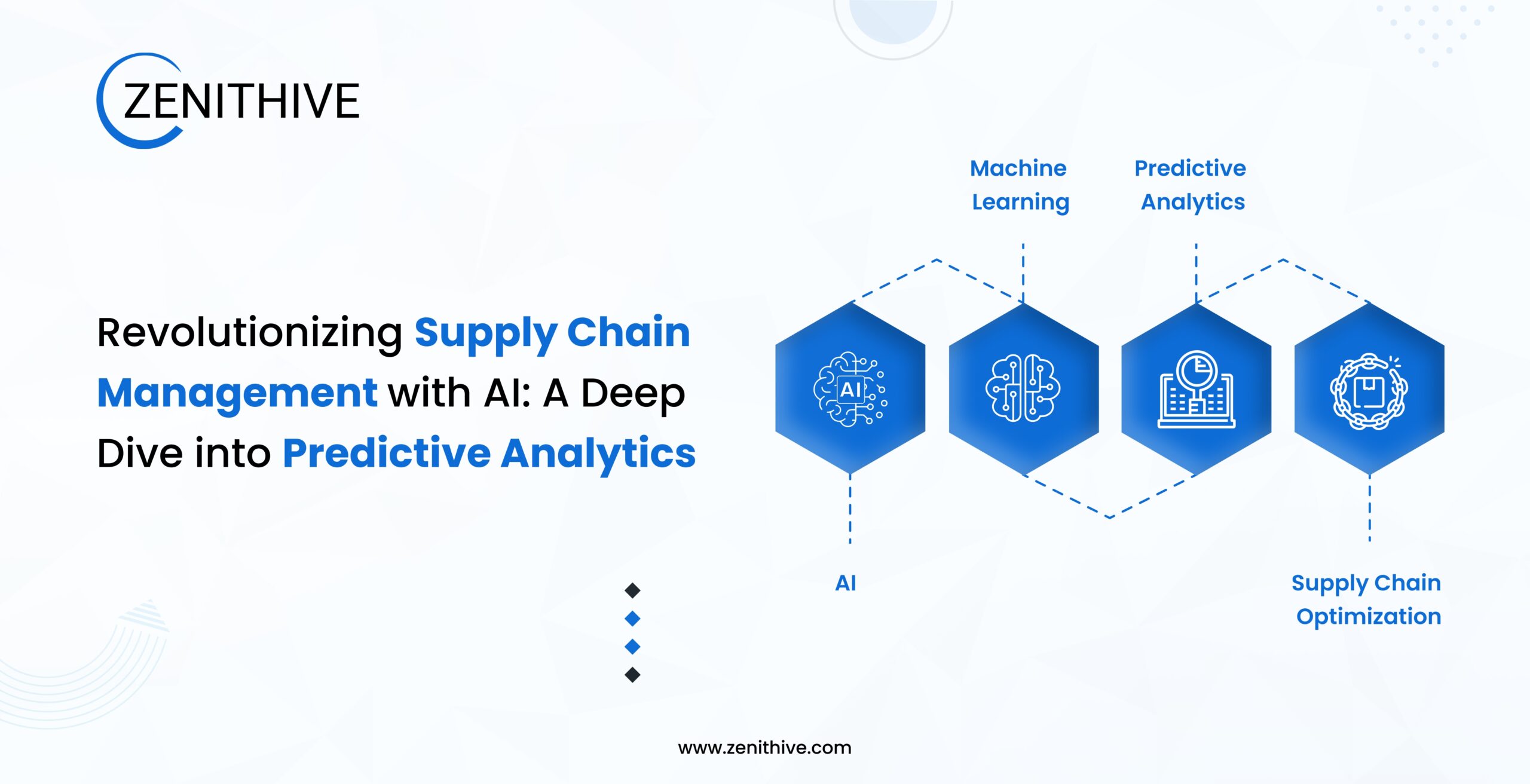Demand Forecasting Checklist: 10 Steps to Better Business Planning

Introduction
Business planning in 2025 stands at a transformative crossroads. Market volatility, supply chain complexities, and shifting consumer preferences have made traditional forecasting methods obsolete. AI-powered forecasting systems now achieve accuracy rates up to 95% in many sectors, according to recent McKinsey research. Mid-sized and enterprise businesses adopting these technologies report 40% reduced inventory costs and 30% improved customer satisfaction rates.
The stark difference between AI-adopters and traditional forecasters grows wider, Deloitte reports that companies still using conventional methods face 25-40% higher operational costs.
Market Context
The AI-powered forecasting market reached $8.5 billion in 2024, with projected growth to $15.2 billion by 2027. This rapid expansion reflects a fundamental shift in how businesses approach planning. Leading organizations now leverage these tools across supply chain management, production planning, and resource allocation. Research by Gartner shows companies using AI forecasting reduce stockouts by 35% and cut excess inventory by 28%.
A Stanford Business School study tracking 500 enterprises revealed AI-driven demand forecasting improved profit margins by 3-5% annually. These gains stem from better inventory management, optimized staffing, and reduced operational costs. Manufacturing giants like Siemens have reported 40% reductions in inventory holding costs after implementing AI forecasting systems.
The real power lies in prediction accuracy. Traditional methods average 60-70% accuracy, while AI-powered systems consistently achieve 85-95% accuracy across industries. This improvement translates into tangible business outcomes, a recent IBM study found that a 1% improvement in forecast accuracy can lead to $10 million in saved costs for a billion-dollar retail business.
Many businesses partner with Machine Learning Service Companies and Artificial Intelligence Companies to accelerate their forecasting transformation. These specialized partners bring pre-built models and industry expertise.
10-Step Demand Forecasting Checklist
1. Data Quality Assessment
Clean & structured data forms the foundation of accurate forecasting. Start by auditing data sources, identifying gaps, and standardizing formats. Companies need 12-24 months of historical data for baseline accuracy. Implement automated data validation protocols to maintain data integrity. Leading organizations use machine learning algorithms to detect and correct data anomalies automatically. SAP’s research indicates that poor data quality can reduce forecasting accuracy by up to 30%.
2. Historical Pattern Analysis
Study past demand patterns through advanced analytics. Break down seasonal trends, growth curves, and anomalies. Modern AI systems detect subtle patterns humans might miss, such as weather impacts on purchasing behavior or social media sentiment correlation with demand spikes. Nike’s implementation of pattern analysis led to a 15% reduction in forecast error rates across their product lines.
3. AI Model Selection
Match forecasting models to business needs. Deep learning models work best for complex patterns, traditional machine learning suits stable markets. According to MIT research, hybrid models combining multiple approaches achieve 15-20% better accuracy than single-model systems. Companies like Amazon use ensemble methods, combining up to seven different AI models for peak forecasting performance.
Many organizations work with Predictive Analytics Service Companies to identify and implement the right mix of models. These specialists bring cross-industry experience and proven frameworks.
4. Variable Integration
Connect external factors affecting demand. Economic indicators, competitor actions, and market trends influence forecasting accuracy. Leading systems analyze over 50 variables simultaneously to generate predictions. Walmart’s integration of weather data alone improved forecast accuracy by 20% for weather-sensitive products.
5. Seasonality Mapping
Build comprehensive seasonal profiles. Track weekly, monthly, and annual patterns. AI systems excel at identifying micro-seasonal trends and regional variations that impact demand across different product categories. Starbucks leverages AI to predict demand variations down to the hour, considering local events and weather patterns.
6. Market Driver Correlation
Link market drivers to demand fluctuations. Track pricing changes, promotional activities, and competitive landscape shifts. Modern AI platforms quantify the impact of each driver on demand variations. P&G’s implementation of market driver analysis reduced forecast error by 35% during promotional periods.
7. Forecast Granularity Setting
Define appropriate forecasting levels. Balance between SKU-level detail and aggregate predictions. Research shows product-level forecasts achieve 85% accuracy while category-level predictions reach 92%. Companies like Zara adjust their granularity based on product lifecycle stages.
8. Model Testing Protocol
Establish rigorous testing methods. Use holdout samples and rolling forecasts to validate accuracy. Leading organizations maintain parallel systems during initial deployment to benchmark performance. AB InBev’s testing protocol identified a 25% improvement opportunity in their demand planning process.
9. Implementation Planning
Create structured rollout strategies. Train teams on new systems and processes. Companies report 3-6 months for full adoption and integration with existing workflows. Success rates increase by 40% when companies follow a phased implementation approach.
Gen AI Service Companies play a crucial role in smooth deployment, offering expertise in change management and system integration.
10. Performance Monitoring
Setup Design comprehensive monitoring systems. Track forecast accuracy, bias, and deviation patterns. Set up automated alerts for significant prediction variances and systematic errors. Leading companies update their models weekly based on performance metrics.
Best Practices & Integration
Modern AI forecasting systems integrate with existing ERP and supply chain platforms. Cross-functional teams from sales, operations, and finance should collaborate on forecast reviews. Research indicates companies with integrated forecasting teams reduce forecast error by 25%.
Technical infrastructure must support real-time data processing and model updates. Cloud-based solutions offer scalability and rapid deployment options. Organizations using integrated cloud platforms report 30% faster implementation times and 40% lower maintenance costs.
Future Outlook
AI forecasting advances with quantum computing applications on the horizon. Edge computing enables faster local predictions, reducing latency in decision-making. Organizations investing in AI forecasting capabilities now position themselves for sustained competitive advantage.
The next wave of innovation brings neural networks capable of processing unstructured data from social media, news feeds, and IoT devices. Companies experimenting with these advanced systems report early accuracy improvements of 10-15%.
Mid-sized and enterprise businesses seeking improved planning accuracy should start with pilot programs in specific product categories or regions. Success metrics should track both forecast accuracy and business impact through reduced costs and improved service levels.
Demand forecasting is no longer a guessing game. It’s a strategic tool that can transform how businesses plan, adapt, and grow. By following this 10-step checklist and leveraging AI’s capabilities, your company can anticipate challenges and seize opportunities with unmatched confidence.
Ready to upgrade your planning game? Whether developing in-house capabilities or partnering with specialized AI and ML service providers, businesses must focus on long-term scalability and continuous improvement.
Contact our experts at Zenithive to schedule a no-obligation consultation.


